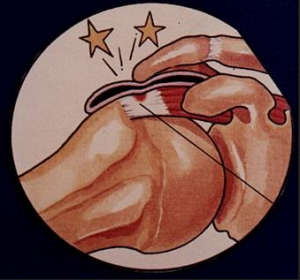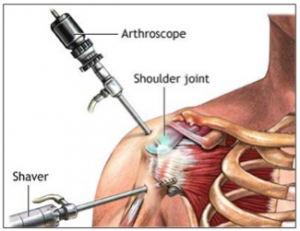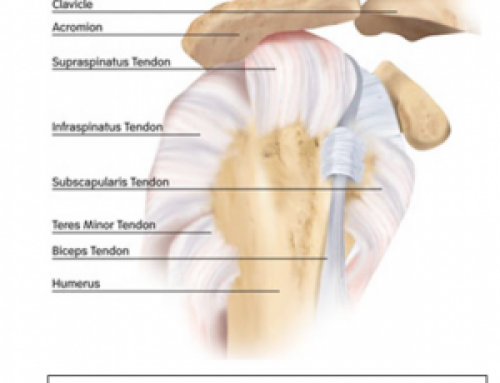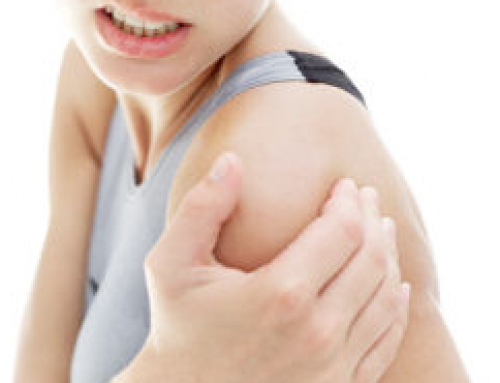by Sportsdoc Raj
Your shoulder is a ball and socket joint that connects your humerus (upper arm bone), scapula (shoulder blade), and clavicle (collarbone). Your arm is kept in this socket by the rotator cuff, composed of the supraspinatus, infraspinatus, teres minor and subscapularis muscles and tendons that cover the head of the humerus.
The tendon is considered torn when it is partially or completely torn from the head of the humerus, resulting in either a partial or full-thickness tear. These tears have two major causes: acute tears from injury and degenerative tears from constant wear and tear.
Rotator cuff repair surgery is recommended for large tears, reduced function and strength in the affecting shoulder, acute injury, and persistent degeneration in function. The operation can be open or arthroscopic with a Los Angeles sports medicine doctor. Open repair involves large incisions that allow direct visualization and repair. Arthroscopic repair uses small incisions to insert instruments that allow the surgeon to project an image onto a television monitor in the operating room and guide small, specialized instruments in the repair.
Rotator cuff repair surgery has been constantly found to improve outcomes, with some studies showing up to 80% improvement in shoulder function. Long-term studies have shown that improvements are stable, with no significant difference in functional scores at two and five years.
Improved outcomes in rotator cuff surgery have also been found with more experienced surgeons and with early repair. Large tears, old age, and poor tissue quality are among the factors shown to adversely affect surgical outcomes.
Operative technique also affects the recovery time: patients who underwent open surgery need a longer period of physical therapy and rehabilitation. Improved relief of pain and shoulder function are reported even for repeat operations for repair of re-tears. Compliance to the program of physical therapy is correlated with better outcomes and faster recovery time.
There are complications that may follow rotator cuff repair surgery. These are in addition to the general risks of surgery, which may include adverse reactions to medication, or complications of blood loss. These include:
- Infection – compliance to postoperative antibiotic therapy will reduce the likelihood of surgical site infections.

- Intraoperative damage – the surgeon may inadvertently cause damage to the surrounding tissues, particularly the nerves and muscle tissue of the deltoid. This is very unusual.
- Re-tears – all types of repair can result in a re-tear. Those who have larger tears are more likely to re-tear their rotator cuff. However, repeat surgery is only recommended for those who experience significant loss of function or pain




